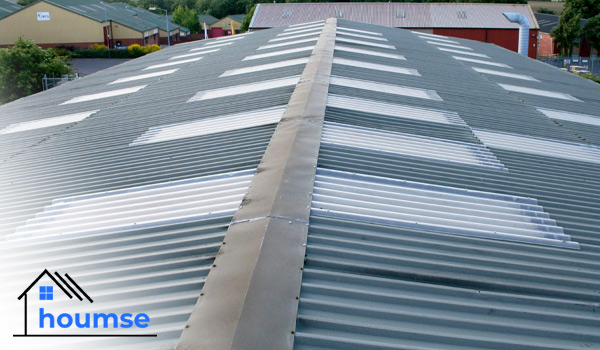23 Best Roof Types (Roofing Materials Guide)

Until recently, asphalt, slate, clay, or concrete shingles were about the only options for roof types. Today, advanced roofing materials offer an unprecedented range of alternatives, as well as new looks for current materials.
The current wide variety of types of roof shingles in the market, along with manufacturing technologies has improved the properties of each product. Therefore, they can be installed more quickly with high quality and durability standards.
What to Consider When Choosing Roof Types
Before discussing roofing materials, let us have a quick look over what you need to keep an eye out for when purchasing the ideal shingles. Obviously, you should take climatic factors, budget, and your expectation from the roof into account.
You may also want to evaluate roofing materials according to the slope. There are three of them:
- Small slope: that has an inclination less than 5°.
- Medium slope: ranging from 5° to 40°.
- Steep slope: greater than 40°.
Roofing Materials
This is a list of 23 different roof coverings that you can consider for your new roofing job:
Roof Tiles
This type requires slopes greater than 15° to prevent water seepage so that the rain can run off quickly and reach the eaves. For slopes less than 22°, additional waterproofing measures are recommended on the roofs.
As you probably know, there are multiple roof tiles:
Flat Tiles
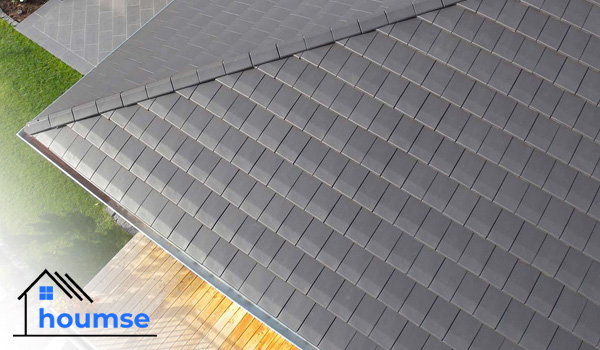
if you find flat tiles interesting among other house roof types, keep in mind that it is recommended to install them on slopes ranging from 40° to 60°.
Glass Tiles
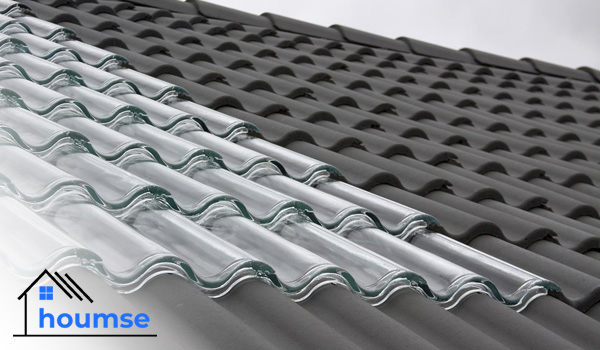
Unlike other home roof types, their main function is to illuminate the space by allowing sunlight to pass through. However, apart from their beauty, they are resistant to weather factors.
Concrete Tiles
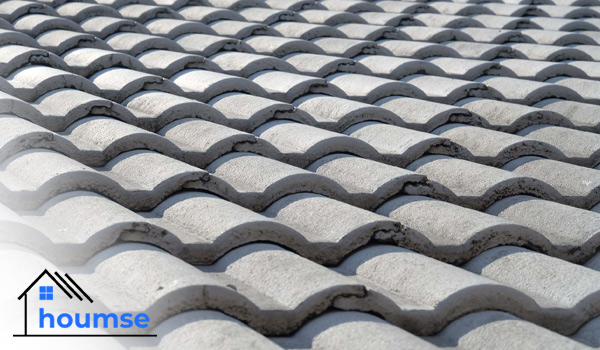
This common option has many merits. For example, they prevent leaks, are not porous, and are excellent thermal insulators. Concrete roof tiles are good for hot and dry climates and can withstand damage from tornadoes, hurricanes, winds up to 125 miles per hour, and even earthquakes.
Clay Tiles
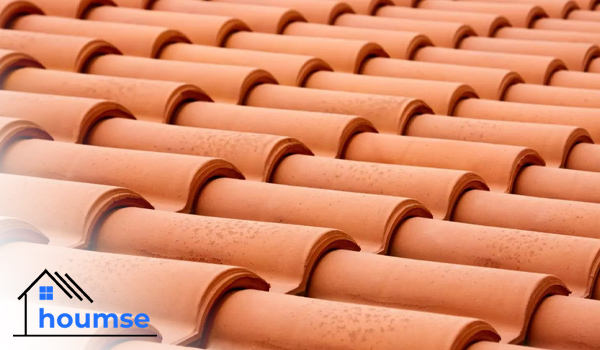
This is another popular roof covering that offer incredible aesthetics. However, they are somewhat fragile and may require additional support to withstand their weight, and are likely to break when walked on.
Currently, there are types of clay tiles made with a clay base and special additives that provide better durability.
Colonial Tiles
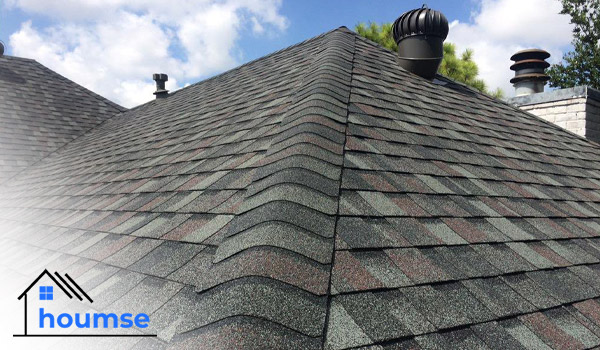
Made of hardwearing porcelain, these types of roof shingles are curved and available in four muted shades. They may be prone to slipping, so it is better to install them on slopes between 15° and 30°.
Flemish Tiles

They present concave and convex shapes, ideal for those who look for a unique option. They are made from red clay with a mottled green and yellow glaze.
French Tiles

This roof covering actually has 2 types of tiles, the ‘canals’ that are the bottom tiles are the ‘chapeaux’ that are top or covering tiles. They are one of the light roofing materials and to prevent rainwater from leaking, an insulating barrier can be placed under the tiles.
Originally, they were hand-made by digging up natural French clay deposits. Today, they are made from durable ceramic and slate as well.
Fiber Cement Tiles
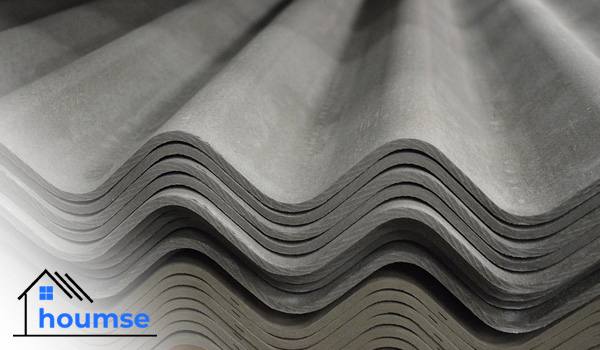
Composed of a cement base, such home roof types provide great flexibility. They can be also reinforced with materials such as polyvinyl to further improve their properties.
Plastic Tiles

Plastic roofing materials are based on polymers. They provide homeowners with multiple advantages such as resistance and lightweight. Additionally, they are resistant to UV rays, thermo-acoustic, and stainless.
Metal Tiles
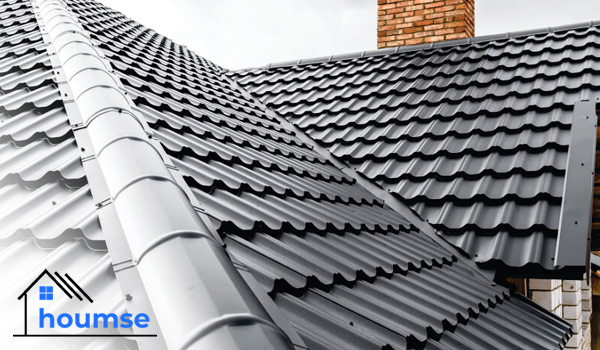
Made of galvanized steel, roof types come in vertical panels or tiles with slate, ceramic, wood, or clay appearance. It lasts for decades and excels at repelling heavy snow and rain, does not burn, and resists strong winds.
These types of roof materials are also lightweight and can be installed over existing ceilings. However, metal can be noisy during storms and can dent in hail. The average cost varies depending on the type and style of metal; It costs more than asphalt shingles, but less than concrete shingles. Corrosion also varies by material.
Overall, this roof covering is not expensive and easy to install, thanks to modern manufacturing as well as the overlapping mechanism for its installation.
Solar Roof Tiles
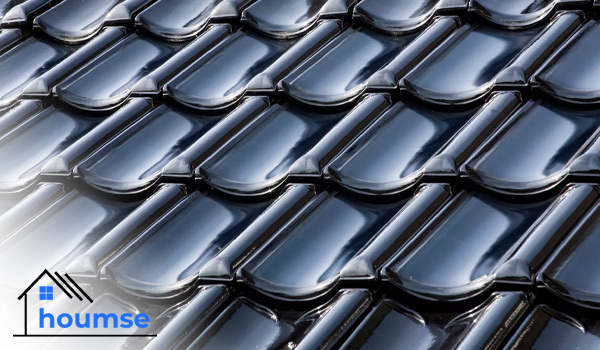
Advanced solar panels seamlessly integrate with existing types of roof shingles and generate up to 1 kilowatt of power per 100 square feet. They are especially good for sunny and replacing typical solar panels. While they can help offset energy costs with solar power, they also cost more than traditional solar options.
Thermopanel (EPS Insulated Panels)

Looking for modern options among different types of roofs with superior insulation? This may be the one you are looking for.
EPS insulated panels are composed of an expanded polystyrene core, which provides thermal and acoustic insulation. Add quick installation and you have a real competitor in our roofing materials list.
PVC Roofing Materials
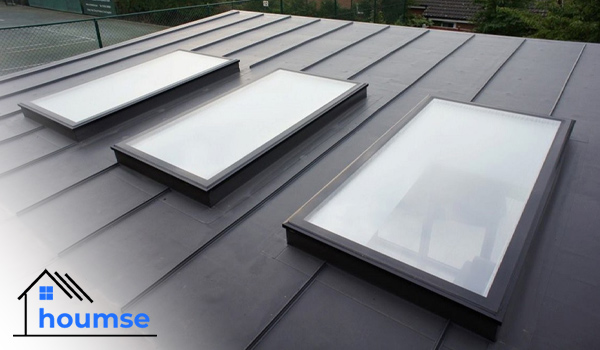
In the matter of design, they mimic clay roof tiles. However, they offer more considerable pros including insulating sound and heat, resistance to water, impact, and high or low temperatures.
Polycarbonate
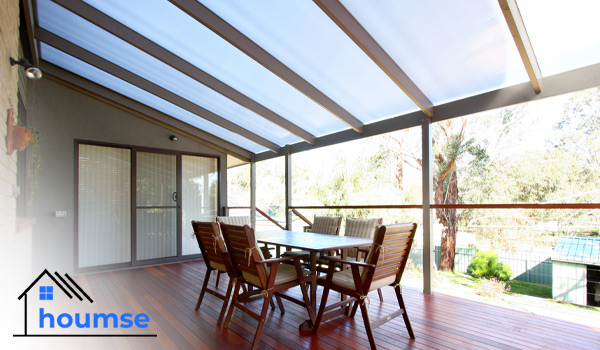
These lightweight sheets are known for their high resistance against impacts, resistance to UV rays, and overall durability over time. They are not exactly one of the house roof types, as people commonly use them for greenhouses due to their transparent properties, which allow the sunlight to pass easily.
Fiberglass
A notable advantage of these roof types is that they allow more sunlight to pass through than traditional roof covering. They offer UV protection, high resistance to corrosion, and flexibility too.
Made from flammable materials, they are not exactly one of the home roof types (similar to polycarbonate).
Zinc Roof Types

These types of roof shingles are manufactured using corrugated or wide channel galvanized sheets. Not only do they provide protection for the house structures against atmospheric corrosion, but also adapt to modern architecture thanks to high-quality finishes.
Another advantage is that sheets of Zinc roof covering are available in various shades, allowing you to customize the final result all the way.
Thermal Sheets

Mostly used in industrial and commercial buildings, these roofing materials are excellent for noise and heat insulation. Thermal sheets are placed on metal ceilings, without the need to remove the already installed ceilings.
Asphalt Shingles
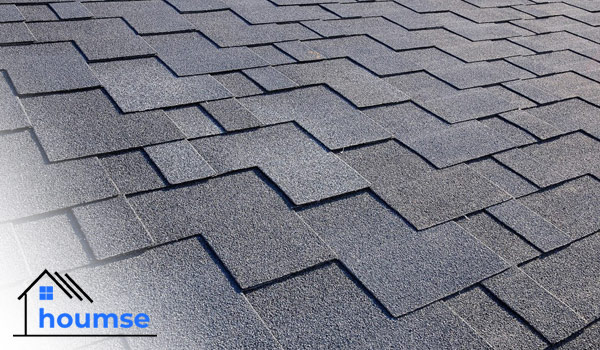
Asphalt shingles are the most common roofing material in the United States, as they perform well in all weather conditions. The quality of these house roof types varies greatly.
So, make sure they pass ASTM D3161, Class F (110 mph) or ASTM D7158, Class H (150 mph) wind resistance tests and AC438 durability test
Stone Coated Steel

These interlocking panels resemble slate, clay, or shingles and resist damage from heavy rain (up to 8.8 inches per hour), 120 mph winds, uplift, hail, and freeze cycles.
Therefore, they are one of the highly economical and effective roof types for wet and windy regions, or for areas prone to forest fires. They are so durable that some of them are guaranteed for the life of the home.
Slate Roof Covering
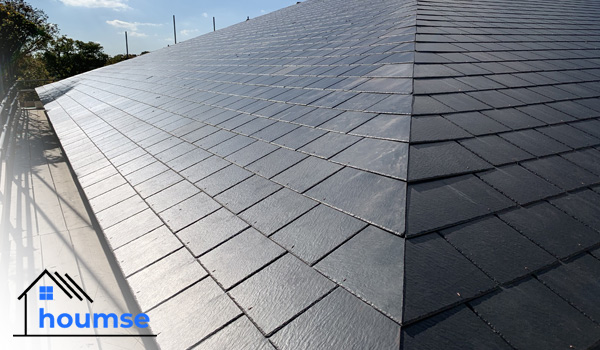
Slate roofs last over 100 years. They do not burn, are waterproof, and are resistant to both mold and mildew. These types of roof materials are effective in humid climates, but are also expensive, heavy, and can easily break if stepped on. Keep this in mind if you live where hail tale place.
Rubber Slate

Rubber slate looks natural and can be cut with a knife to fit intricate ceilings, such as those found in Victorian homes. Rubber slate roofs can last 100 years too but can be damaged by satellite dishes and walking on them. These roof types can also be susceptible to hail damage, similar to slate.
Professionals who are trained to install rubber slate can be hard to find, but it will be worth it.
Green Roofs
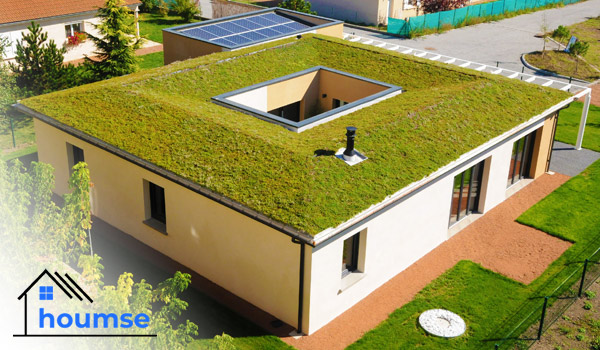
Green roofs are covered with plants and can improve air quality, reduce stormwater runoff, and insulate the house to reduce urban heat islands with approximate life is 40 years.
However, these house roof types need extra structural support, a vapor barrier, thermal insulation, waterproofing, drainage, water filtration, soil, compost, and of course, plants.
Thatch Roofing

Compared to other types of roof shingles, this material cannot be installed alone since it does not have adequate solidity or durability. However, is very recurrent to see on top of roofs, especially in external areas.
Thatch roofing is made by hand with dry vegetation such as straw, placing it in layers, so that the water stays away from the inner cover. Although not very strong, this roof covering offers a unique personality as well as promotes effective ventilation, which is why it is easy to see it in all its splendor in hot and humid areas.
What Roof Covering Do You Choose?
Regardless of the option, you decide on in this roofing materials list, there is always the possibility of it being damaged. Roofing can be expensive, so you want to make sure you are covered when the unexpected happens.
- In this post:
- What to Consider When Choosing Roof Types
- Roofing Materials
- What Roof Covering Do You Choose?
